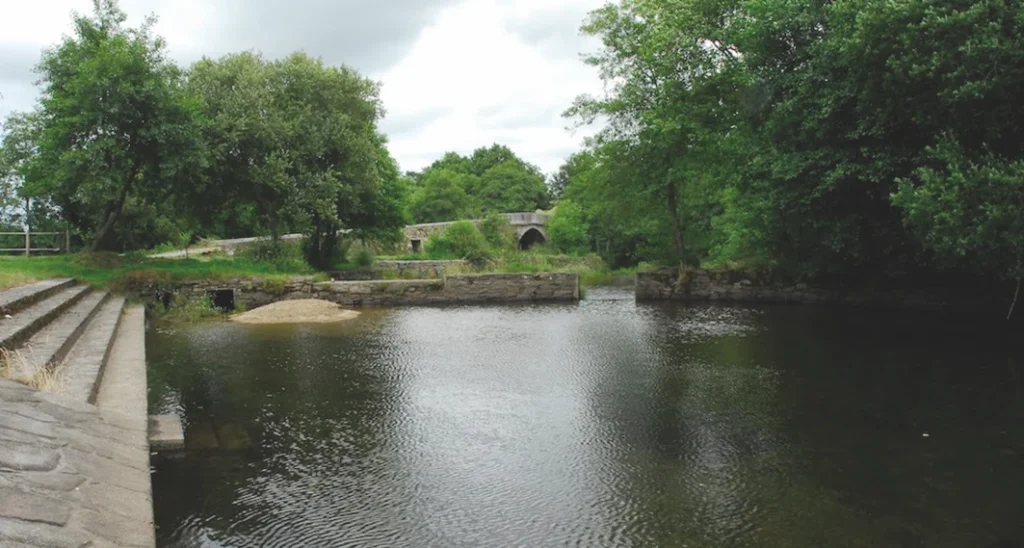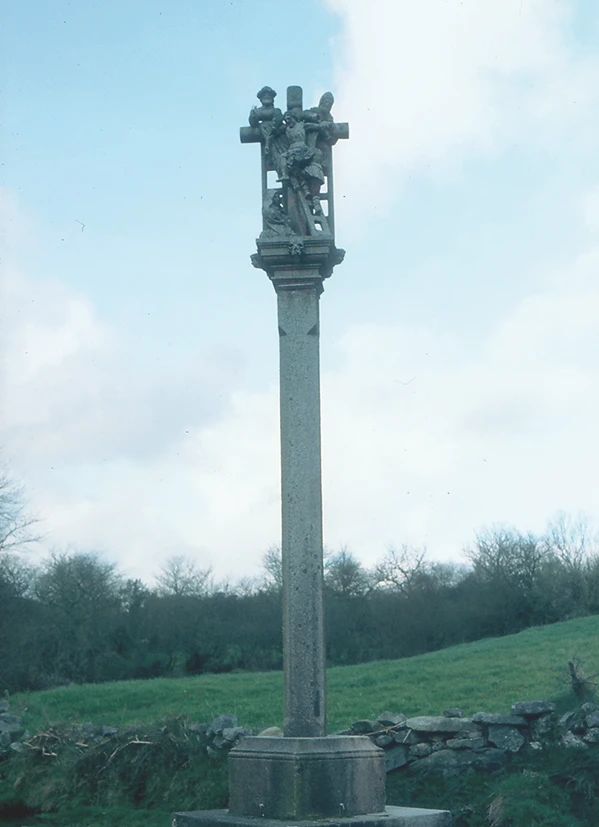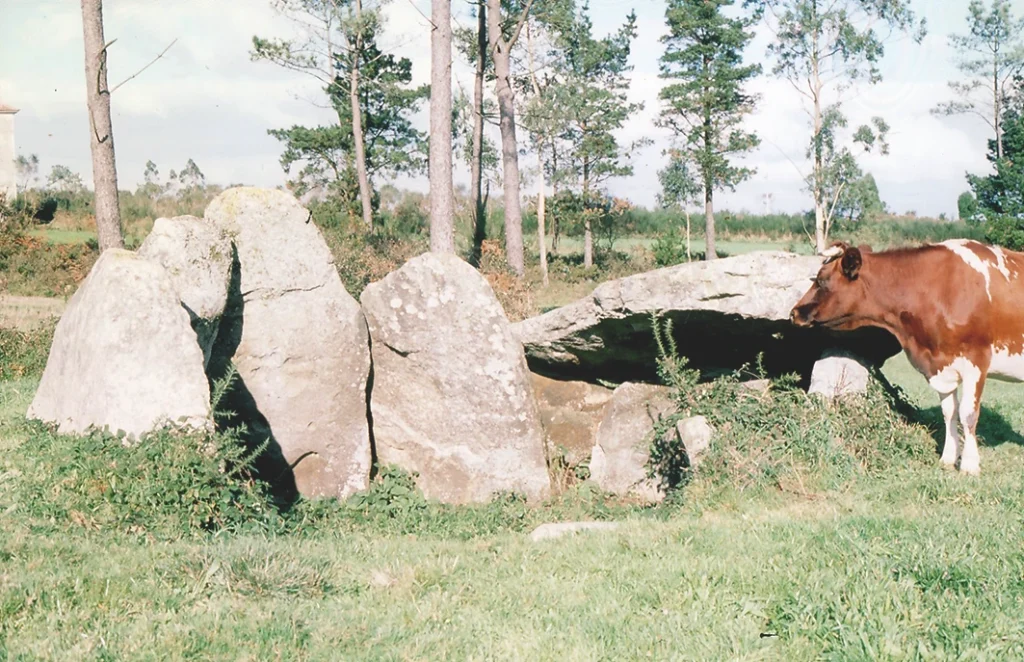This route gives you the chance to discover some of the places of natural and historical interest in the municipality of Mazaricos. You’ll be following the river Beba, which is a tributary of the Xallas, throughout the route. The Beba crosses the municipality from south east to north west over about 16 kilometres, forming a beautiful valley that gradually broadens out to a wide area of level ground in the centre of the municipality. The lower part of the valley is bounded to the west by the high hills of A Ruña and to the east by a low ridge that runs parallel to the road from O Pino do Val to A Picota. The parishes of Colúns, Beba and Coiro occupy the river basin.
The route starts in Colúns, which is very close to where the river Beba flows into the Xallas. To reach this point, take the road in Sanfoga, a hamlet that’s about two kilometres from the capital of the municipality, A Picota.

You’ll make your first contact with the river in San Salvador de Colúns. Here it’s a good idea to stop and see the unusual calvary in the church courtyard, with a hexagonal base and shaft of three columns. The capital is decorated with angels’ heads and volutes, and the embrace of Christ and Saint Francis is on one side of the cross and the Virgin Mary on the other.
Continue on the road that borders the right hand side of the river, in the direction of the source, and you’ll soon come to the leisure area of A Pontenova. The area was built next to an old bridge with one pointed arch, and has barbecues, tables and a bathing area. It’s a nice place to visit and take a walk next to the river, with the riverside vegetation and oaks, alders and willows.
From A Pontenova, you now head off on the left hand bank of the river towards the parish of Beba, which gave the river its name. Here you’ll see the parish church of San Xulián, which still has its Romanesque apse. There is a beautiful view of the valley from here.
Continue south and pass through the parish of Santa María de Coiro, which has a large church with three naves and a slender bell tower. The church contains the chapel of the A Virxe do Monte, where a famous pilgrimage called A Romaxe is held on the last Sunday of August. The event is attended by people from all over the municipality.
The chapel dates back to 1615, and was founded by Bartolomé Franco, a resident of A Manda (Coiro). A very popular monthly fair used to be held here.
Continue next to the river Beba and you’ll come to the hamlet of Suevos. The place name refers to the Germanic tribe that settled in Galicia in the 5th c., and an interesting option for visitors is the calvary of O Cirolán, which stands alone next to the river. Leave your vehicle in the hamlet and walk for a while to see this beautifully made monument. There is an inscription on the pedestal that says: “As a gesture of devotion from Ventura Pérez de Lema. 1861”.

The group of images show the unnailing of Christ by Joseph of Arimathea, on the right, and Nicodemus, to the left, on two ladders on the reverse of the cross. Between the ladders is San Buenaventura with the book and quill.
The front shows a servant at the top of a ladder holding the body of Jesus, while Mary kneels at the foot of the scene.
This work is attributed to the sculptor Francisco María Rodeiro Permuy, born in Santiago.

Take the road from Suevos to Santa Comba, which passes through O Pino do Val. Five kilometres from the village, take a right turn to San Fiz de Eirón. Just a few metres after the turn there is a track on your right that goes to the dolmen of Mina da Parxubeira, located in the middle of an estate. The megalith is made up of a polygonal chamber and a corridor that lacks several vertical slabs and the covering. Finds from the excavations carried out by the archaeologist Antón Rodríguez Casal over threes seasons between 1977 and 1984 include strips of flint, pottery, etc., which are now on display at the Historical and Archaeological Museum in A Coruña.